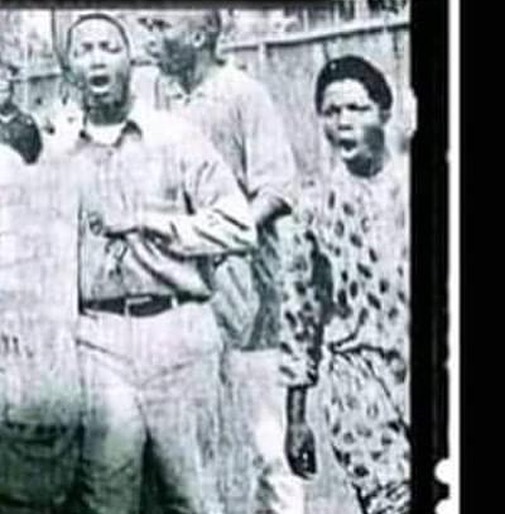The Obafemi Awolowo University in Ile-Ife, Osun State, was the scene of a brutal attack on Saturday, July 10, 1999, at around 4:30 in the morning. According to reports, 40 Black Axe Fraternity members wearing masks, black T-shirts, and black pants carried out the attack. Even after twenty-five years, the colleagues are still haunted by the memories of the students who died because no one has been found guilty of their deaths. Those who were taken into custody for the offense were released. On July 10, 1999, several students were killed in Blocks 5 and 8 of Awolowo Hall. They included George Akinyemi Iwilade, also known as Afrika, a 21-year-old 400-Level Law student who was also the General Secretary of the Students’ Union Government (SUG), Eviano Ekeimu, a 400-Level Medicine student, Yemi Ajiteru, an extra year student, Babatunde Oke, a 100-Level Philosophy student, and Godfrey Ekpede. The fatal day’s early hours saw the execution of the strike. It was learned that, around 4:15 in the morning, the late George had returned to his room 273, Block 8 in Awolowo Hall following a ceremony at Awo café. Thirty minutes later, George was shot in the forehead by the attackers, who were headed by a student from a different university. They had first attacked him with a machete, leaving a severe cut on his skull. Following the incident, students took to the streets, taking particular aim at the then-vice chancellor Wole Omole. This led to the ultimate arrest of three individuals, Agricultural Economics Part I student Aisekhaghe Aikhile, Emeka Ojuagu, and Frank Idahosa (Efosa), who were thought to have been involved in the attack. The book Water Must Flow Uphill (Adventures in University Administration) by Prof. Roger Makanjuola provides a description of the events leading up to the slaughter. After the massacre, Makanjuola was appointed vice chairman of the university and actively participated in the investigation and prosecution of university personnel implicated in the killings. In the weeks preceding the killings, Makanjuola describes an initial event and its fallout: “On Saturday, March 7, 1999, a group of Black Axe members held a meeting in Ife town.” They returned to the campus by car following the meeting. They were passed by some students in another vehicle on the major route, route 1, which leads onto the college. They pursued the students because, for whatever reason, they were furious. When the students realized they were being followed, they hurried to the parking lot outside Angola Hall and fled into the nearby Awolowo Hall for protection. In reaction to the tragedy, the Students’ Union mobilized. They had also been informed that members…





